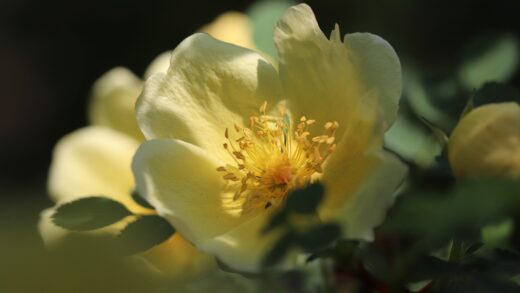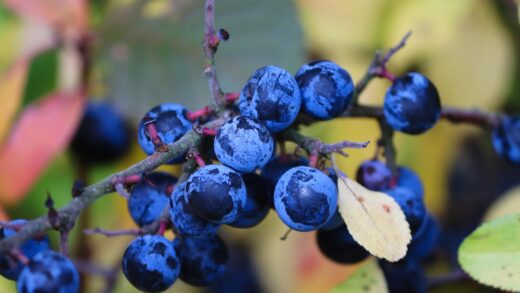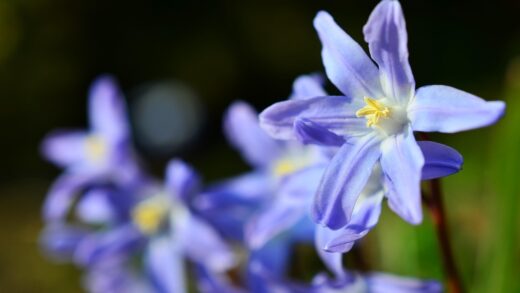While the Douglas fir is a robust and resilient species, it is not immune to the challenges posed by various diseases and pests. A healthy, well-sited tree growing in optimal conditions is its own best defense, as it is better equipped to withstand and recover from attacks. However, environmental stress, such as drought, poor soil conditions, or mechanical injury, can weaken a tree’s natural defenses, making it a more attractive target for opportunistic pathogens and insects. Vigilant monitoring for the early signs of trouble is key to effective management, as prompt intervention can often prevent a minor issue from escalating into a serious threat to the tree’s health and survival.
Among the most common diseases affecting Douglas firs are various needle cast fungi, such as Rhabdocline pseudotsugae and Swiss needle cast (Phaeocryptopus gaeumannii). These fungal pathogens infect the needles, causing them to turn yellow or brown and prematurely drop from the tree, leading to a sparse, unhealthy appearance. Rhabdocline typically causes reddish-brown blotches on the needles in the spring, while Swiss needle cast is characterized by tiny black fruiting bodies that emerge from the stomata on the underside of the needles. These diseases are most prevalent in humid, moist conditions where air circulation is poor, highlighting the importance of proper spacing when planting.
Root rot is another significant concern, particularly for Douglas firs planted in poorly drained or heavy clay soils. Pathogens such as Armillaria and Phytophthora thrive in waterlogged conditions, attacking and decaying the tree’s root system. The above-ground symptoms of root rot can be subtle at first, including reduced growth, thinning canopy, and yellowing needles, which can often be mistaken for drought stress. As the disease progresses, the tree’s stability can be compromised, and it will eventually die. Prevention through proper site selection and soil preparation is the only effective management strategy, as curative treatments for advanced root rot are rarely successful.
Cankers, caused by various fungal or bacterial pathogens, are localized areas of dead tissue on the branches, trunk, or stems of the tree. These cankers can girdle the affected limb, cutting off the flow of water and nutrients and causing the portion beyond the canker to die back. Pathogens such as Cytospora can invade the tree through wounds caused by pruning, mechanical damage, or insect activity. Maintaining tree health and avoiding unnecessary wounding are important preventative measures. If cankers are detected, pruning out the infected branches well below the cankered area can help to halt the spread of the disease within the tree.
In the realm of pests, the Douglas-fir tussock moth is a notable defoliator. The larvae of this moth feed voraciously on the new needles of the tree, and severe infestations can strip a tree of its foliage in a single season. While a healthy tree may be able to survive one year of defoliation, repeated attacks can weaken it significantly or even kill it. Another significant pest is the Cooley spruce gall adelgid, an aphid-like insect that causes galls to form on the tips of new growth. While this damage is primarily cosmetic and rarely threatens the life of a mature tree, heavy infestations can affect the appearance and vigor of younger ornamental specimens.
More articles on this topic
Managing common insect pests
Effective management of insect pests on Douglas firs begins with regular and careful inspection of the trees. Early detection allows for more targeted and less invasive control measures. Look for signs of insect activity such as chewed or discolored needles, fine webbing, sawdust-like frass, or the presence of the insects themselves, including larvae, pupae, or adults. For pests like the Douglas-fir tussock moth, the hairy caterpillars are quite distinctive, and their presence in large numbers signals the need for action. Similarly, the cottony-white wax produced by the Cooley spruce gall adelgid is a clear indicator of an infestation.
For many common pests, promoting a healthy population of natural enemies and beneficial insects is a highly effective and environmentally friendly control strategy. Lady beetles, lacewings, and various parasitic wasps are all natural predators of adelgids and other sap-sucking insects. Creating a diverse landscape with a variety of flowering plants can help to attract and support these beneficial insects, providing a natural form of pest control. Avoiding the use of broad-spectrum chemical insecticides is crucial, as these products can harm the very predators that help keep pest populations in check, potentially leading to more severe pest outbreaks in the long run.
In cases where pest populations reach a level that threatens the health of the tree, more direct intervention may be necessary. For localized infestations of insects like adelgids or aphids, a strong spray of water from a hose can sometimes be sufficient to dislodge them from the tree. For more persistent problems, horticultural oils or insecticidal soaps can be effective. These products work by smothering the insects and their eggs and have a lower impact on beneficial insects compared to synthetic chemical pesticides. It is essential to apply these treatments thoroughly, ensuring complete coverage of the affected areas, and to follow the product label instructions carefully.
For severe infestations of defoliating insects like the tussock moth, particularly on high-value ornamental trees, the use of a biological insecticide containing Bacillus thuringiensis var. kurstaki (Btk) is a targeted and effective option. Btk is a naturally occurring bacterium that is toxic only to the larvae of moths and butterflies and is harmless to humans, pets, birds, and beneficial insects. It must be applied while the caterpillars are small and actively feeding for it to be effective. This approach represents a responsible way to manage a serious pest problem while minimizing collateral damage to the surrounding ecosystem.


















